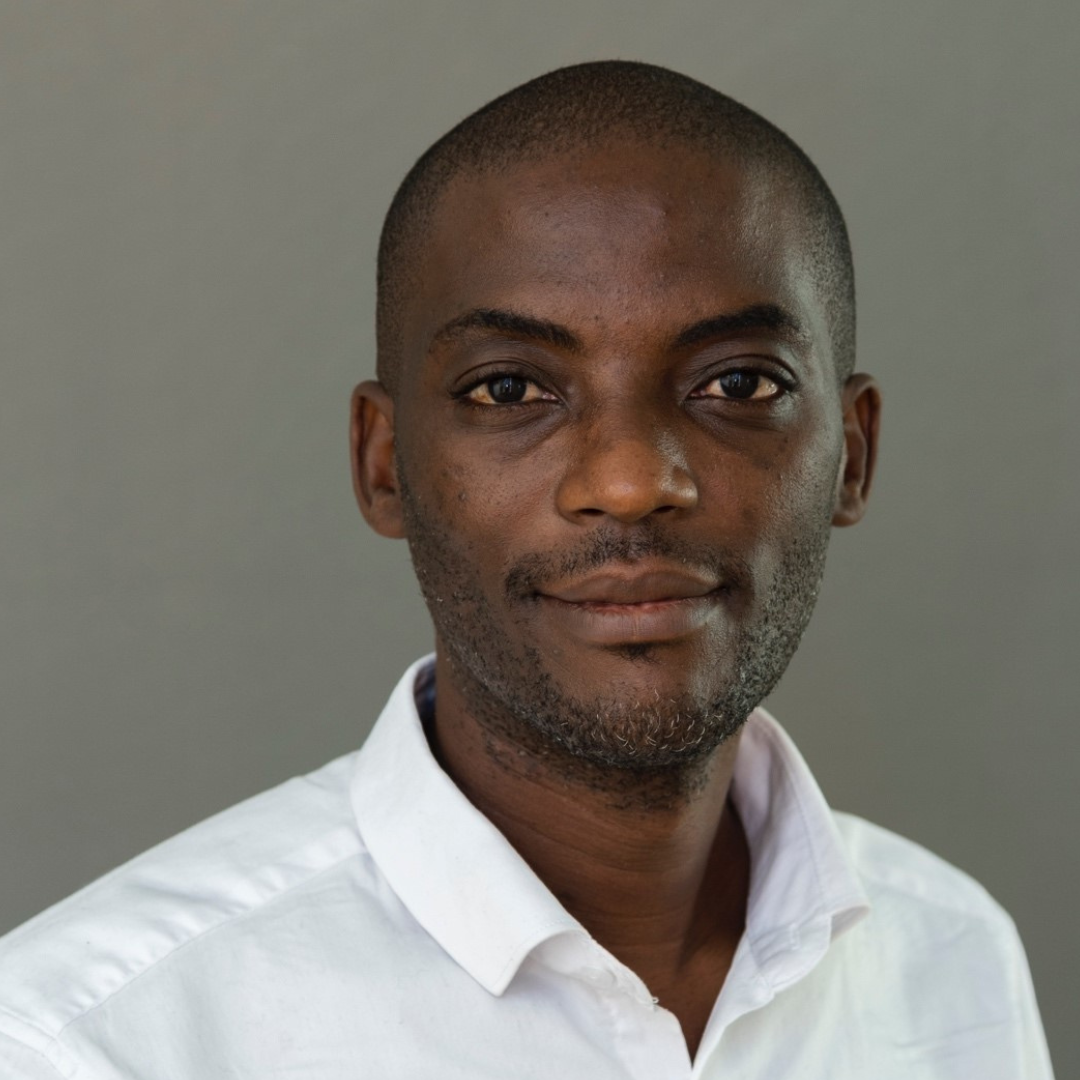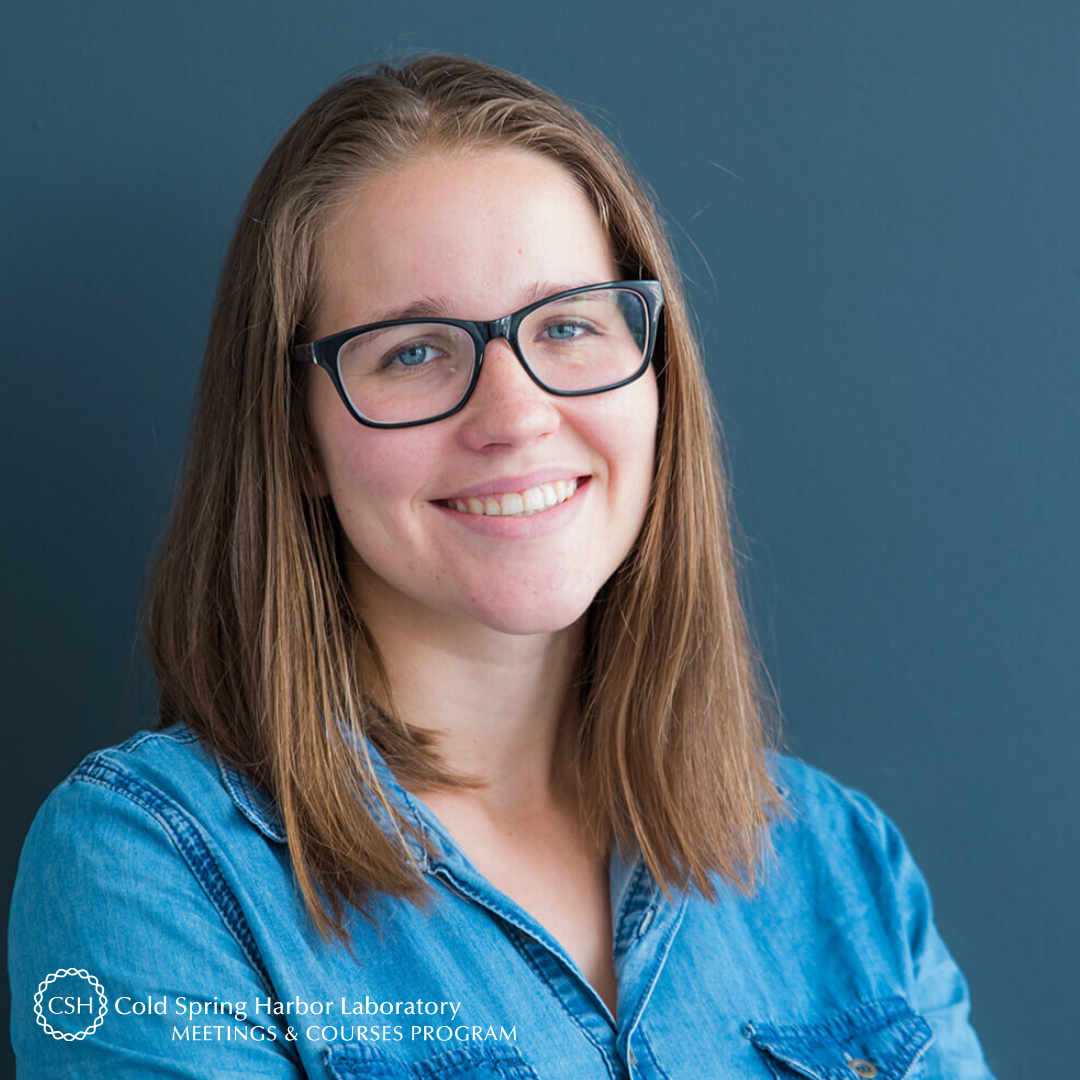Meet Edwin G. Peña-Martínez of the University of Puerto Rico (UPR) Río Piedras Campus. The third-year PhD Candidate at Dr. José A. Rodríguez-Martínez’s laboratory (The JARM Lab) is at Cold Spring Harbor Laboratory participating in Systems Biology: Global Regulation of Gene Expression—his first meeting as a graduate student and his first in-person meeting since the pandemic. Edwin presented his first in-person poster titled ‘Elucidating the Molecular Mechanism of Non-Coding Variants in NKX2-5 Binding Sites on Congenital Heart Disease.’
Tell us about your research, and how you decided to focus on this area/project.
I work with cardiac transcription factors (TFs) involved in heart development. Specifically, I research the molecular mechanisms of regulatory variants in Congenital Heart Defects (CHDs). I got involved in this project after meeting my mentor, Dr. Jose A. Rodríguez-Martínez, in my first graduate course. I have always been fascinated by Molecular Biology, and this course got me interested in understanding protein-DNA interactions.
What and/or who is the inspiration behind your scientific journey?
I was inspired to become a scientist thanks to Dr. Elsie Rivera. I had no idea doing research was a career option until she approached me to work in her lab. It was working with Dr. Rivera that I discovered that I wanted to pursue a PhD.
What impact do you hope to make through your work?
Five years from now I see myself finishing a post-doc and starting my career in academia. I wish to provide research opportunities while inspiring undergraduate students to pursue a career in STEM.
What do you love most about being a researcher?
What I love most about being a scientist is discovering something new in my field. In a way it’s like being the first to learn a secret, but one I am allowed to share.
What drew you to attend this meeting?
Being a scientist is a constant learning curve. Leading researchers in my field attend this meeting; as a result, CSHL Systems Biology is the best platform to learn the latest methods and discoveries in my field.
What is your key takeaway from the Meeting; and how do you plan to apply it to your work?
The best takeaway from this experience is the perspective and feedback I received from the countless researchers I met. This will allow me to approach my research with new methods and techniques that I previously did not consider.
What feedback or advice would you share with someone considering to participate in this meeting?
I would tell them to stop considering it and come to CSHL. I was extremely nervous and thought that I was not ready to participate. However, it was an amazing opportunity and I learned more than I could imagine. I can’t wait to come back for the next meeting!
What’s the most memorable thing that happened during the Meeting?
Probably one of the most memorable experiences is meeting some the scientist I most admire. For example, I had the honor of meeting Dr. Polly Fordyce after reading most of her publications.
Is this your first in-person meeting since the pandemic? If so, any thoughts you’d like to share?
I started my PhD in the same year the pandemic started, and I have not been able to attend an in-person meeting. Participating in CSHL Systems Biology was exciting and fun. I’ve been missing this kind of networking experience.
What do you like most about your time at CSHL?
CSHL is such a welcoming and cozy place. It is by far one of the friendliest environments I have had the privilege of joining. Not to mention the place is beautiful.
Thank you to Edwin for being this week's featured visitor. To meet other featured researchers - and discover the wide range of science that takes part in a CSHL meeting or course - go here.
Image provided by Edwin G. Peña-Martínez













































